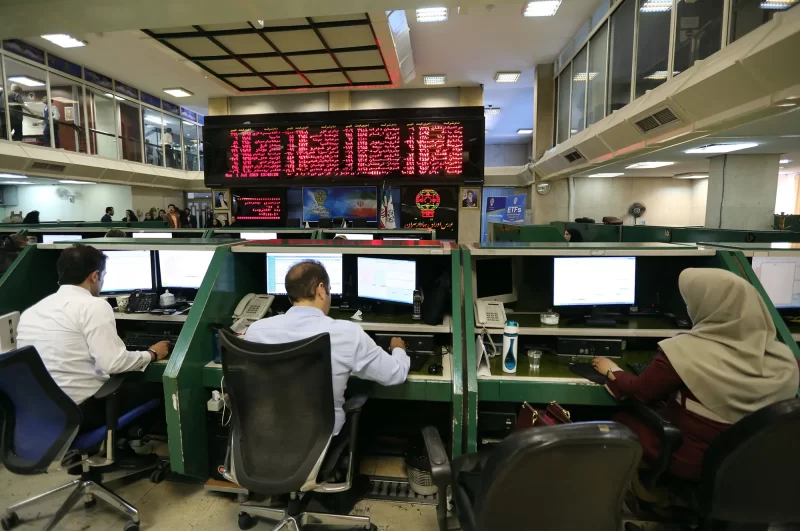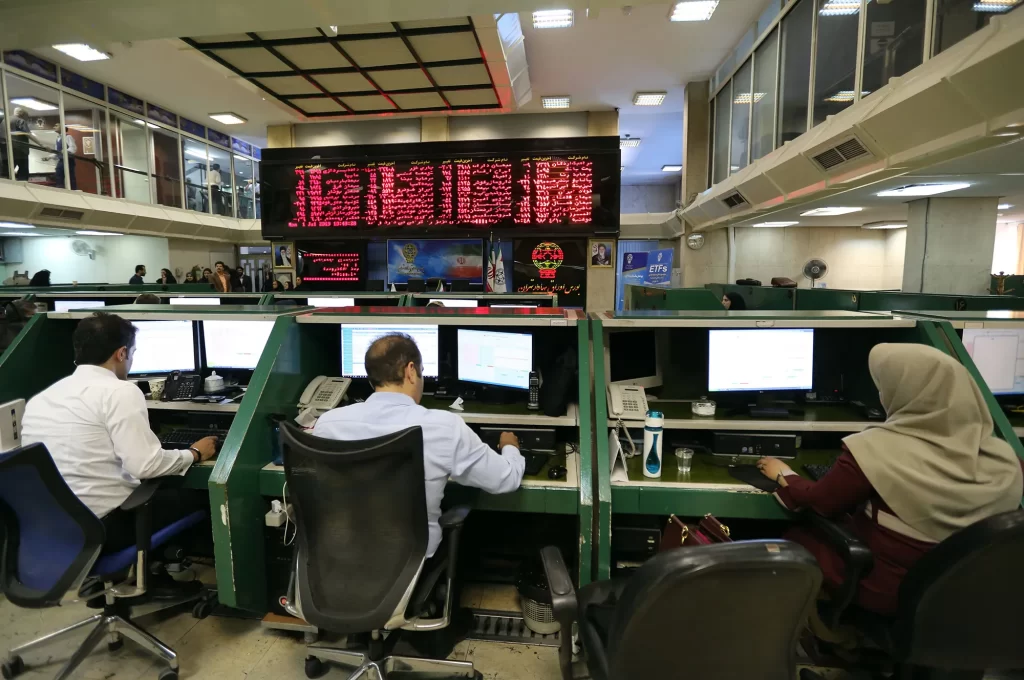The financial world has several interesting mechanisms, and the credit spread option is one of them, offering the trader an opportunity to buy one option and sell another nearly identical option with a different strike price.

The point of this strategy that incorporates swapping two options with the identical expiration date and class is to transfer the credit risk to another party.
In this situation, there is a risk that the specific credit will rise, resulting in an increased spread that lowers the price of the credit. Prices and spreads move in contrary directions. The premium is initially paid by the purchaser that swaps it for potential cash flows of a particular credit spread changes from its present level.
Also Read: Everything About Credit Spread
Contents
- Credit Spread Option Explained
- Types of Credit Spread Option
- Call Option Credit Spread Strategy
- Credit Spread Strategy with Put Option
- Benefits of the Credit Spread Strategy
- Conclusion
- FAQs
Credit Spread Option Explained
The purchaser of a credit spread option can get a money flow when the credit spread amid two separate criterions gets bigger or smaller. Correspondingly, to the method, the option gets formulated. Credit spread options can be puts and calls, enabling short and long credit positions.
Holders of a particular company's debt can issue credit spread options to hedge against the negative credit event risk. The purchaser of the credit spread option absorbs the entire risk, and he will have to compensate the option seller if the spread that delineates the company's debt and benchmark increases.
Options based on credit spreads are crucial instruments for controlling risks related to lower-rated debt and bonds and debt.
A credit spread includes the selling of a high-premium option and at the same time purchasing a lower premium option. The premium that the investor gets from the written option is larger than the paid premium for the long option, generating a premium credited to the investor's account if the position gets opened.
When investors implement a credit spread strategy, the net premium is the max profit they receive. If spreads decrease in breadth, the credit spread generates profits.
For example, an investor uses a credit spread strategy by placing a June call option with a strike price of $60 for $7 and instantaneously purchases a June call option at $70 for $2. Because the typical multiplier on options is 100, the net premium is $500 for the trade. Additionally, the investor is going to profit if the spread strategy narrows.
A bearish trader predicts that the prices will decline and purchases call options at a specific strike price and sell the identical quantity of call options in the same class and identical date of expiration but at a reduced strike price.
On the other side, bullish investors anticipate the price to rise and because of that purchase call options at different strike prices and sell the identical quantity of call options of the same class and date of expiration at a larger strike price.
Types of Credit Spread Option
There are two types of credit spread option strategies, that get implemented concerning the predominant opinion about the elementary asset.
Bearish Credit Spread
This strategy gets implemented if the basic asset is expected to remain bearish during the tenure of the strategy. This incorporates selling calls of a specific strike price and purchasing calls at a higher strike price.
Bullish Credit Spread
This strategy gets used if the prediction is that the same underlying stock price is going to be flat during the strategy's tenure. The bull put credit spread method works by selling puts of a specific strike price of the asset and purchasing puts at a reduced strike price.
Call Option Credit Spread Strategy
When a bearish trader is forecasts that the price of a specific asset will decline then available methods are to short or sell the call option with a reduced strike price and a larger premium. Simultaneously the investor can purchase a call option at a bigger strike price for a premium that is smaller. The process described is known as an option strategy that involves a call credit spread.
Let's take a look at an example, an investor trades a call option for October 2021 that is offered with a strike price of $1,000 and a premium of $200. At the same time, he purchases another option for October 2021 with a strike price valued at $1,250 and a of $165 premium.
When the transaction got performed the investment benefited from the variation in the premium of the two options. If we consider that the 100 is the multiplier for each options trade that has 100 shares, the investor would have earned $35 x 100 equals $3,500.
But when the price of the asset during expiration is between $1,100 and $1,150, the call is going to be in the money and the investor is going to trade at $1,100. If the price of the asset is $1,110 at expiry, the purchaser will realizes the right to purchase at $1,100.
But the other call option in the strategy is over the price, meaning it is not going to get exercised. The investor must accept the loss of $1,000. In effect the net profit is going to be $3,500 – $1,000 equals $2,500.
The strategy enables traders to minimize risk as it caps the potential loss. In a situation like this when the price goes over $1,150. Investors use the long call and cap the loss to the spread's width of the spread.
Credit Spread Strategy with Put Option
It's possible to implement a nearly identical option credit spread strategy to purchase and sell put options if the trader is bullish and predicts the prier will rise. The bull put spread implements selling a put option with a larger strike price and a bigger premium and purchasing a put option for the identical asset and date of expiration but at a reduced premium and lower strike price.
For example, if an investor sells a put option for an asset that gets traded at $1,000 with a strike price of $800. In that case, the premium is $125. At the same time, the investor purchases a put option for the identical stock and date expiration date but the strike price is $900 for a premium of $90. The investor will make a profit of $125 – $85 x 100 = $4,000.
But if at expiration the price of the stock is between $ 950 and $900, the short put is going to be in the money and the investor is going to purchase the asset at $950. Yet in case the price of the stock at expiration is $940, the purchaser of the initial put option will use the prerogative to sell at $950.
Yet when the other option in under the price, and us not going to gets exercised. In this case, the trader will experience a depletion of $1,000, and the net profit is going to be $7,000 – $4,000 equals $3,000.
The investor's strategy possesses a strike price of $900 for the long put, and when the price goes under $900 then he will purchase the asset at $900 and sell it at $950 to the purchaser of the shot put. In this case, the loss gets capped at $5,000 meaning $950 minus $900 multiplied by 100.
The examples show that the concept of option trading with credit spread is nearly identical to elementary options trading. Yet when using the strategy, traders implement a max earnings and loss.
The long put or call functions as a protection mechanism in case the price of the market goes in a different direction from what is expected. Simultaneously the trader is not able to earn more than the net premium. This is something that is consistent in situations when the circumstances in the market are favorable.
Also Read: What Are Bid-Ask Spreads: How to Profit from the Difference
Benefits of the Credit Spread Strategy
The element that has made credit spreads attractive is the fact they can get implemented no matter the price movements in the market. If a price of an asset rises, declines, or stays at the same level that investors can earn money with the appropriate credit spread techniques.
There is another feature that makes traders use the strategy, and that is the ability to limit deprivation. The privation in any credit spread activity gets capped to the breadth of the spread and offers reduced risk. Additionally, the spreads can get controlled very easily by investors.
Advantages
- The options strategy is hedged and reduces the loss to a specific pre-determine amount, that gets estimated before the strategy gets initiated.
- Time decay works favorably for this technique.
- Capital returned blocked as the margin is larger compared to naked option selling.
Disadvantages
- The max profit gets capped, and it is gotten at the time of deployment.
- The risk/reward ratio is set towards risk.
Conclusion
The options spread incorporates the purchasing and selling of options at the same time of the identical asset is also known as vertical spread and produces net credit. This is done by selling a high-premium option and buying low-premium option in the identical class generating credit to the trader's account.
When investing in options, there are a few option spread strategies traders can use, and the spread means buying and selling at various options on the same underlying asset. This strategy offers several benefits especially the fact that it limits losses.
What is credit spread option example?
The credit spread generates a profit if the options' spreads narrow. If an investor uses a credit spread to write one October call option with a strike price of $60 for $6 and at the same time purchases a October call option at $80 for $2.
Are credit spreads safe?
Credit spreads are very versatile and can be a practical risk-management instrument. Credit spreads enable investors to limit risk by giving up on profit potential.
Are credit spreads profitable?
Credit Spreads offer large probability for profit, because the strategy can stay profitable, even if the asset is neutral. Potential profit gets capped to the net premium received fir reduced fees and potential loss gets limited if the price of the asset declines under the long put strike price.
How do you do a credit spread?
Credit spread is the difference among the return of two different debt instruments with the same expiration date yet various credit ratings. The spread is the difference in yields because of various credit qualities.
















